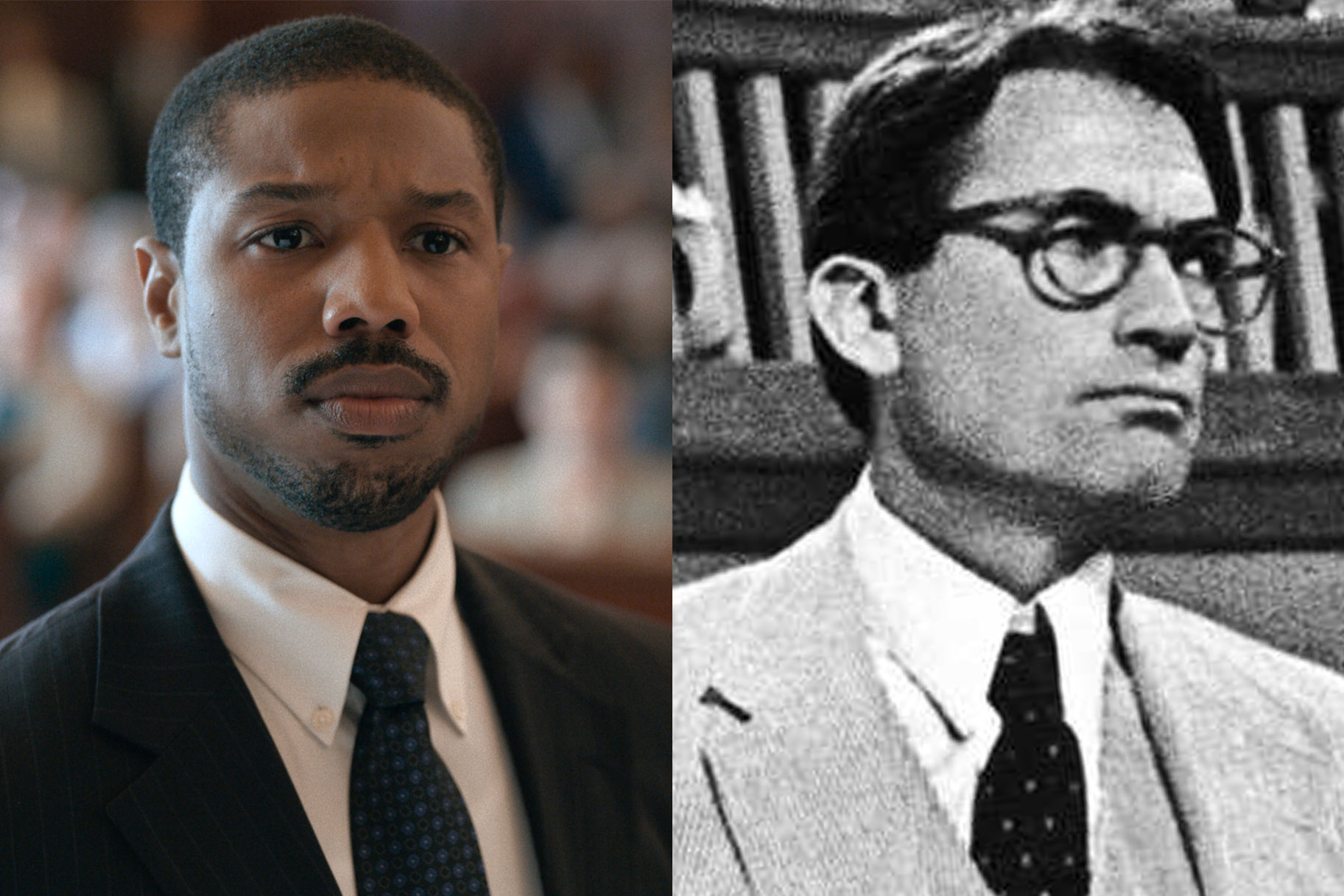Create a free profile to get unlimited access to exclusive videos, breaking news, sweepstakes, and more!
What Is The Connection Between The Classic Novel 'To Kill A Mockingbird' And 'Just Mercy'?
Both Harper Lee's "To Kill A Mockingbird" and the new film "Just Mercy," focus on lawyers battling racial injustice.

Both the literary classic “To Kill A Mockingbird” and the new film “Just Mercy” feature lawyers fighting the unfairness of America’s justice system — but they are more closely tied to one another than just thematically.
“Just Mercy” is based on work of the real-life lawyer and activist Bryan Stevenson (played by Michael B. Jordan) and his efforts to exonerate one of his first-ever clients, Walter McMillian (played by Jamie Foxx). The movie focuses on racial issues and inequality in America’s south.
McMillian was wrongly convicted of killing Ronda Morrison, a white 18-year-old dry-cleaning employee, in 1986. The film shows how McMillian was unfairly fingered as a killer for his perceived crime of sleeping with a white woman in town. Stevenson took on McMillian’s case post-conviction, and he got McMillian’s conviction overturned by the Alabama Court of Criminal Appeals in 1993, according to a New York Times report.
The movie is based on Stevenson’s 2014 New York Times best-selling memoir, “Just Mercy: A Story of Justice and Redemption.”
“To Kill a Mockingbird” is the Pulitzer Prize winning book written by Harper Lee, published in 1960. In it, lawyer Atticus Finch defends a black man named Tom Robinson, who has been wrongly accused and later convicted of raping a white woman. Unlike in “Just Mercy,” Robinson doesn’t get a happy ending. Instead, he is murdered, and Finch gets targeted for trying to bring the real — white — rapist to justice. The literary classic, like “Just Mercy,” deals in the charged racial dynamics and inequities of the South. While the book is fictional, Lee used real events and observations from her childhood as a basis for the characters and plot. The novel inspired a classic film with the same name and plot in 1962.
What some may not know is that both “Just Mercy” and “To Kill A Mockingbird” also have the same exact setting: They take place in and around Monroeville, Alabama, the New York Times reported in a review of Stevenson’s memoir. Lee grew up in Monroeville, the very same town in which Morrison, the dry-cleaning clerk, was murdered.
Stevenson wrote about “To Kill a Mockingbird” in his memoir and about how Monroeville residents fondly touted its literary history. He found this contradictory.
“Sentimentality about Lee’s story grew even as the harder truths of the book took no root,” he wrote in his book.
Stevenson wrote that McMillian had never read “To Kill a Mockingbird,” but Stevenson did compare his client to Robinson, due to the fact that he had an affair with a white woman.
Stevenson now runs Equal Justice Initiative, a nonprofit that “provides legal representation to people who have been illegally convicted, unfairly sentenced or abused in state jails and prisons,” according to its website. It is located in Montgomery, Alabama, about an hour and a half drive from Monroeville.

























